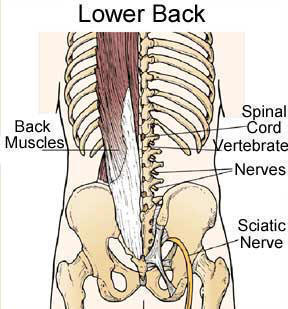
Bruce Swedal
However, there are many myths about both these things that have crept into most people's thinking.
The number one myth about hydration is that you should let your level of thirst signal when you need to drink. This is absolutely untrue. Most athletes only replace about 2/3 of the water they lose when they follow this rule. Instead, drink fluids on a schedule. A general rule of thumb, depending on your weight and weather conditions is to drink 8 ounces of water about 15 minutes before beginning exercise and 8 ounces for each 15 minutes during your workout.
Another hydration myth is that everyone needs eight glasses of water a day. This may not be enough for some people who engage in higher intensity sports. It may be too much for sedentary people. This is because, although it is true that the average person loses 80 ounces of water a day, he or she also gains about 32 ounces of water from food. That means, in order to replace lost fluids a person only needs to drink about 48 ounces of water rather than the 64 ounces contained in eight glasses of water.
A recent study about over hydration has scared people into believing that you can get sick from drinking too much water during exercise. While this may be true in isolated cases, typically among endurance athletes, the average person will not get sick from drinking too much water unless they have an existing heart, liver or kidney problem. If you have one of these conditions, checking with your doctor about the proper amount of liquid to drink during exercise is advisable.
Stretching is another source of myths and misinformation. Contrary to popular belief, stretching will not "warm you up." Warming up is done by starting a low level of activity and working up to your desired intensity. Stretching before exercise also will not prevent injury although research has shown that it will reduce pain and muscle soreness after exercise. Only a proper warm-up routine will help prevent injuries.
Many people also believe that stretching is most beneficial when done before a workout. Actually, gentle stretching after a workout can help reduce cramping and muscular pain. Also, there is the belief that any stretching is better than none. Improper stretching can actually increase the risk of muscular injuries. It's worth taking the time to learn stretches appropriate to the activity you're planning to perform.
Bruce Swedal is an active Colorado Realtor in the Denver Real Estate market. He is a member of the South Metro Denver Realtors Association, National Association of Realtors and Colorado Association of Realtors. He and his family live in Highlands Ranch Colorado. They enjoy traveling and family time. He is listed in the Authority Web Directory.

 Not only is stretching important for flexibility, it is CRITICAL for massive, rapid muscle growth!
Not only is stretching important for flexibility, it is CRITICAL for massive, rapid muscle growth!